The Community Reinvestment Act (CRA), enacted in 1977, addresses the discriminatory practice known as redlining, where banks deny services to communities based on economic demographics. This landmark federal law mandates that financial institutions meet the credit needs of all community sectors, particularly low- and moderate-income neighborhoods.
Historical Context and Legislative Intent
Before the CRA, redlining was a pervasive practice in American banking. Certain neighborhoods, often with high proportions of racial minorities, were deemed high-risk and undesirable for investment. This practice restricted access to mortgage financing and other essential financial services, exacerbating poverty, limiting homeownership, and contributing to urban decay. The CRA was introduced to eradicate these discriminatory practices and ensure that all community members have fair access to financial services regardless of their socio-economic status.
CRA Provisions and Implementation
The CRA requires federal agencies, including the Federal Reserve, the Federal Deposit Insurance Corporation (FDIC), and the Office of the Comptroller of the Currency (OCC), to evaluate banks’ efforts in meeting the diverse credit needs of their communities. These evaluations are public and involve assessing financial services, from home loans to small business support. Institutions that fail to comply may face penalties that can impact their operations, such as restrictions on business expansion or denials of merger requests. Conversely, a good CRA rating can significantly enhance a bank’s reputation and open up new business opportunities.
First Western Trust’s Inclusive Financing Initiative
First Western Trust Mortgage aligns closely with the CRA’s goals by offering specialized financing programs that make homeownership more accessible and affordable. Targeting low to moderate-income families and buyers of qualified properties, these programs often allow borrowers to apply 1% of their loan amount towards rate reduction and/or closing costs, making it easier to afford a home.
Qualification Criteria
To be eligible for CRA support, applicants must meet certain criteria, typically defined by income levels or the location of the property in question. These programs are designed to support those in low- to moderate-income brackets or those purchasing homes in designated areas that benefit from economic revitalization. First Western Trust provides personalized consultations to help potential borrowers understand their eligibility and the benefits available to them.
Impact and Future Prospects
Since its inception, the CRA has significantly increased investment in historically underserved areas, fostering improvements in community services, small business growth, and housing accessibility. Despite its successes, the CRA faces modern challenges, particularly with the shift towards digital and mobile banking, necessitating updates to its regulatory framework to stay relevant and effective.
Recent Developments
Recent calls for modernizing the CRA aim to adapt its framework to account for the rise of online banking services. This would ensure that the law’s foundational goals of expanding credit access and promoting community development are maintained in the digital era. These adaptations are crucial as banking evolves from traditional brick-and-mortar branches to more digital engagements.
Promoting Economic Equality
The Community Reinvestment Act remains vital for promoting economic equality and community development. As banking practices and community needs evolve, the CRA must adapt to continue its mission of ensuring fairness in financial services. First Western Trust’s dedicated efforts to support the CRA’s objectives demonstrate a commitment to financial success and the advancement of communities it serves, helping more individuals achieve the dream of homeownership.
To learn more about this topic or mortgage services in general, contact the First Western Trust mortgage team today.
First Western Trust is an Equal Housing Lending, NMLS #477166


